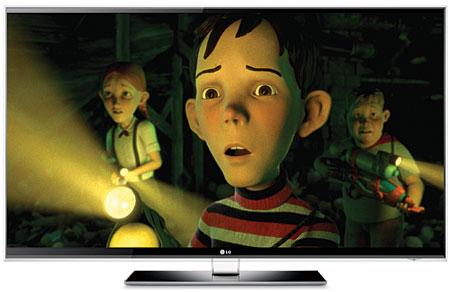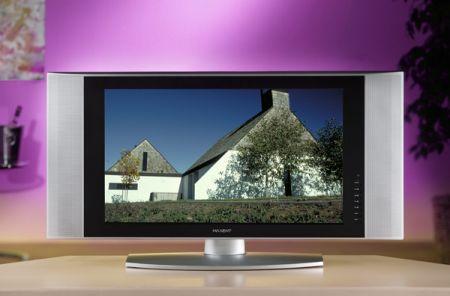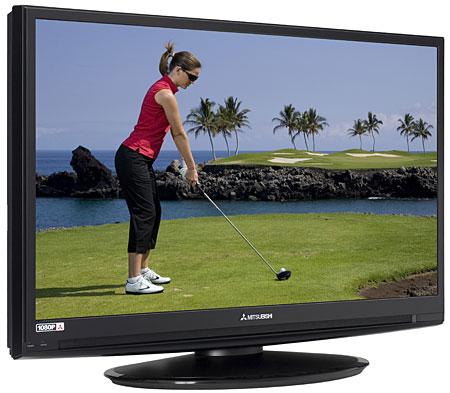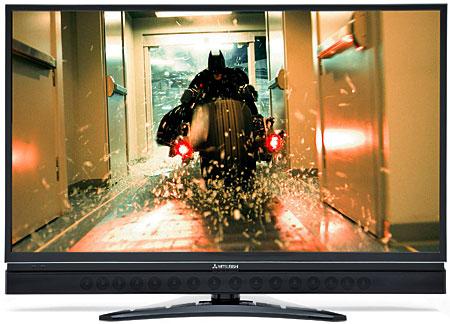LCD TV Reviews
Sort By: Post DateTitle Publish Date
|
Aug 30, 2005 |
First Published: Aug 31, 2005
|
Jan 31, 2006 |
First Published: Jan 01, 2006
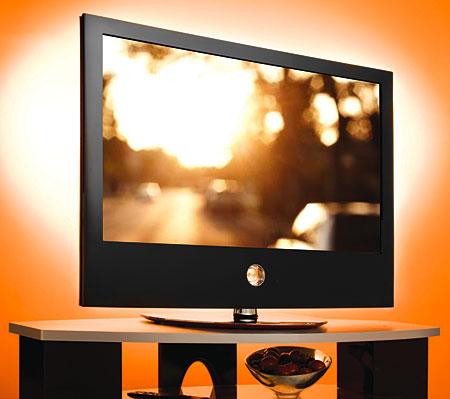
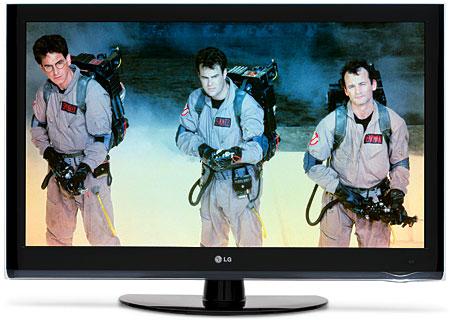



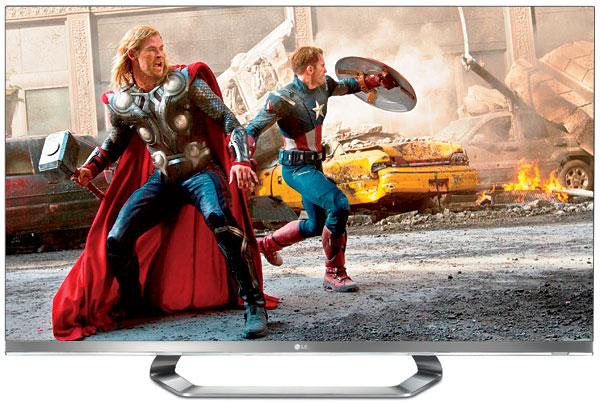

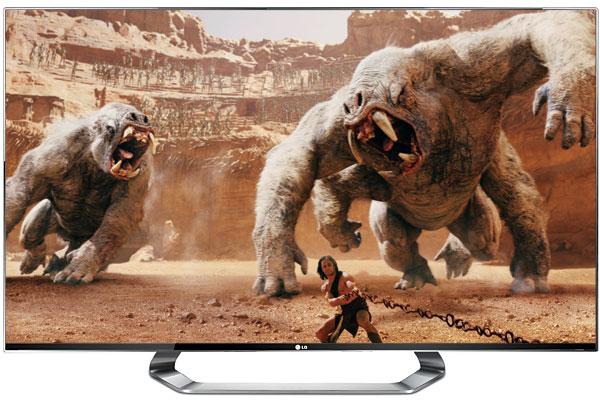
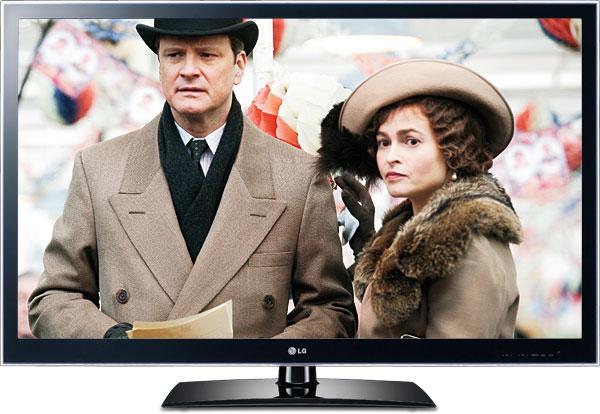


 Price: $2,900 At A Glance: 10-step calibration option • Strikingly deep blacks • Crisp resolution and accurate color • Local-dimming LED technology
Price: $2,900 At A Glance: 10-step calibration option • Strikingly deep blacks • Crisp resolution and accurate color • Local-dimming LED technology
